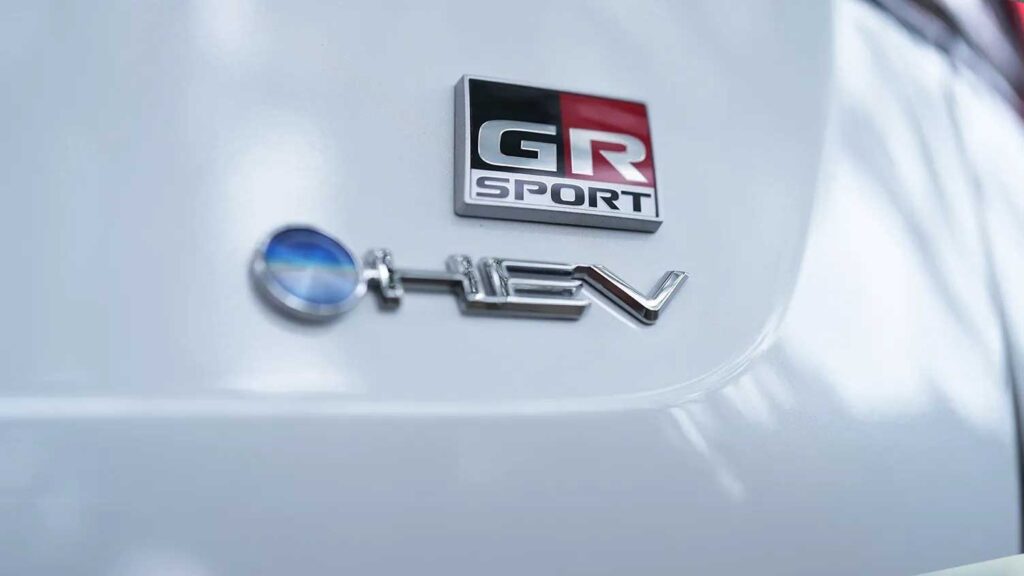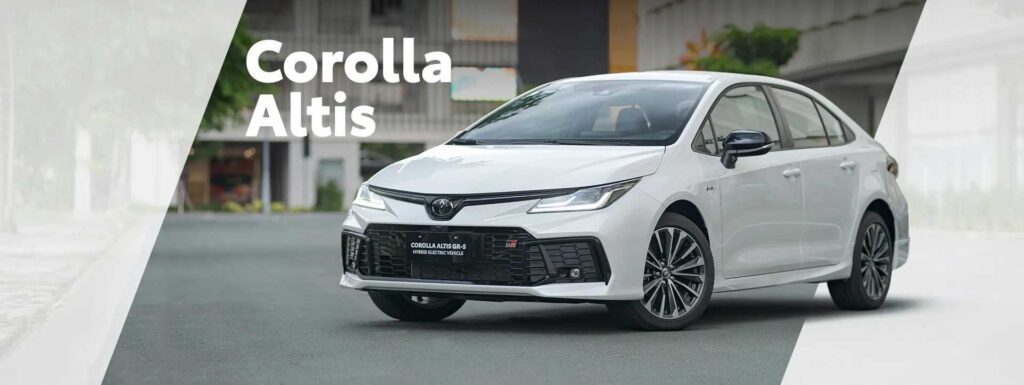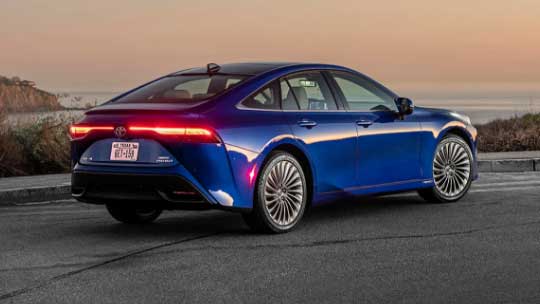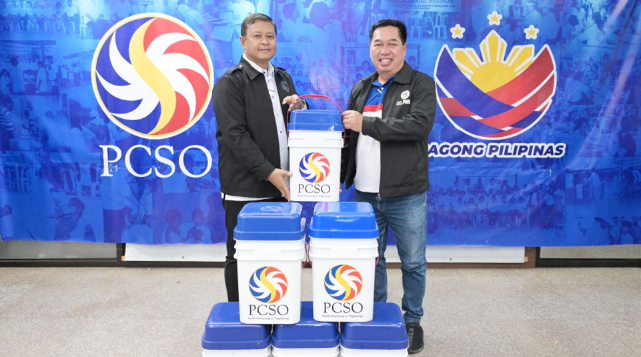How the Philippine automotive industry is democratizing electric mobility through diverse strategies, comprehensive infrastructure, and consumer education
The transition to electric mobility can feel overwhelming for many Filipino drivers. Range anxiety, charging infrastructure concerns, and upfront costs create barriers that make the shift seem daunting. However, the Philippine automotive industry is developing comprehensive strategies to remove these obstacles, making electric vehicles accessible across different market segments.
Multiple pathways

Rather than pushing for immediate adoption of fully electric vehicles, the Philippine market has embraced a gradual approach. Hybrid electric vehicles have emerged as the practical entry point, offering immediate fuel savings and reduced emissions without requiring changes to driving routines or dependence on charging infrastructure.
This hybrid-first strategy acknowledges infrastructure realities that vary significantly between urban and rural areas. Toyota has demonstrated the effectiveness of this approach with their hybrid lineup including the Corolla Altis Hybrid, Corolla Cross Hybrid, and Camry Hybrid, while other manufacturers follow similar strategies with their own electrified offerings.
The success of hybrid technology globally—with manufacturers like Toyota selling over 20 million electrified vehicles—shows that gradual adoption can lead to substantial environmental impact while building consumer confidence in electric powertrains.
While the focus is on accessible hybrid technology today, the industry simultaneously prepares for tomorrow’s fully electric landscape. Government support through the Electric Vehicle Industry Development Act, aiming for 50% electrified vehicle market penetration by 2040, provides clear policy direction.
The multi-pathway approach means drivers who start with hybrids have clear upgrade paths to plug-in hybrids, battery electrics, and fuel cell vehicles as infrastructure and individual needs evolve. This gradual transition acknowledges that different Filipino communities have varying readiness levels for full electrification.

Trust through tech
The Philippine automotive market prioritizes reliability, durability, and strong resale values. This foundation becomes crucial when introducing new technology to segments that value dependability over novelty.
Established manufacturers leverage their reputations by ensuring electrified vehicles meet the same standards Filipino drivers expect. Rather than experimental solutions, the market focuses on proven technologies refined over multiple generations. Toyota’s hybrid system, for example, represents over two decades of development and real-world validation.
Comprehensive warranty coverage and established service networks across the archipelago provide additional confidence. Major manufacturers ensure that hybrid and electric vehicle owners have access to qualified technicians and genuine parts throughout the Philippines.
Education and consumer awareness
The industry recognizes that technology adoption requires education. Automotive companies invest in consumer awareness programs including test drive events, technical seminars, and educational campaigns that help Filipino drivers understand electrified vehicles and their practical benefits.
These programs address common misconceptions while highlighting real-world advantages. Filipino drivers learn that electric motors can improve performance in stop-and-go traffic common in Metro Manila, while providing better acceleration and quieter operation than conventional engines.
The industry emphasizes practical benefits over technical specifications. Fuel savings, reduced maintenance costs, and environmental benefits are presented in terms that matter to everyday drivers, building confidence before purchase decisions.
Infrastructure support
Rather than waiting for charging infrastructure to develop independently, automotive manufacturers actively participate in its creation. Industry players work with government agencies, energy companies, and business partners to support charging station deployment and grid improvements.
Toyota’s partnerships with organizations like the Department of Environment and Natural Resources include infrastructure planning components that ensure charging networks serve real consumer needs. Understanding how Filipino drivers use their vehicles helps inform optimal charging station locations and appropriate solutions for local conditions.
The industry’s hybrid experience provides valuable insights for infrastructure planning, as manufacturers understand transition patterns from conventional to hybrid to fully electric vehicles.
Market accessibility and local manufacturing
The Philippine EV market prioritizes accessibility over exclusivity. Rather than targeting only premium buyers, manufacturers work to make electrified vehicles available across different price points and market segments.
Manufacturing investments in the Philippines support this accessibility. Toyota’s Santa Rosa plant has achieved 100% renewable energy sourcing while maintaining competitive production, demonstrating how local manufacturing can align with sustainability goals while potentially reducing costs for consumers.
Research and development efforts increasingly consider Philippine-specific conditions including tropical climate, varied terrain, and diverse driving patterns. This local adaptation ensures future electric vehicles will be designed for Filipino drivers rather than simply adapted from other markets.
Supporting national climate goals
The automotive industry’s electrification efforts align with national commitments to reduce greenhouse gas emissions by 75% between 2020 and 2030. With transport accounting for 34% of the country’s energy-related emissions, automotive transformation plays a crucial role in achieving climate targets.
Industry leadership in electrified vehicle deployment and renewable energy adoption in manufacturing—exemplified by companies like Toyota moving their carbon neutrality targets ahead of schedule—sets precedents for economy-wide carbon neutrality goals by 2050.
As World EV Day celebrates the future of electric mobility, the Philippine automotive industry demonstrates that transition doesn’t require sudden disruption. By meeting drivers at their current readiness level and providing clear advancement pathways, manufacturers are making electric mobility accessible to Filipino drivers ready to embrace cleaner transportation.
The road to widespread electric vehicle adoption won’t be traveled overnight, but with industry commitment to gradual, accessible transformation, more Filipino drivers are prepared to take meaningful steps toward sustainable mobility.





